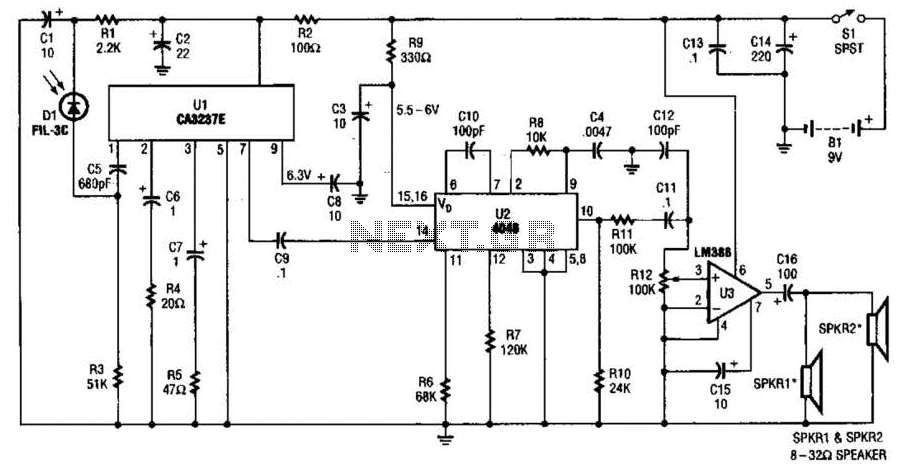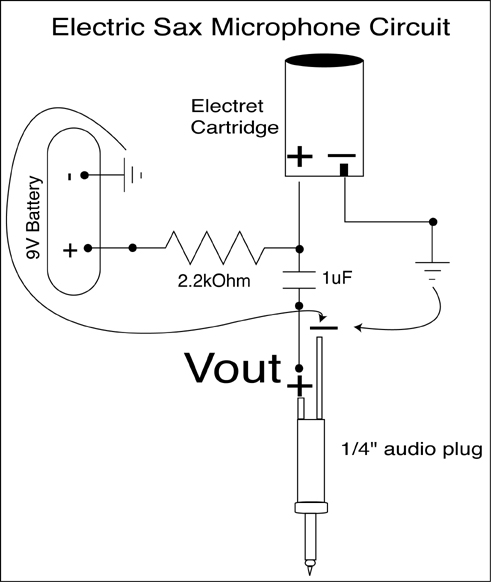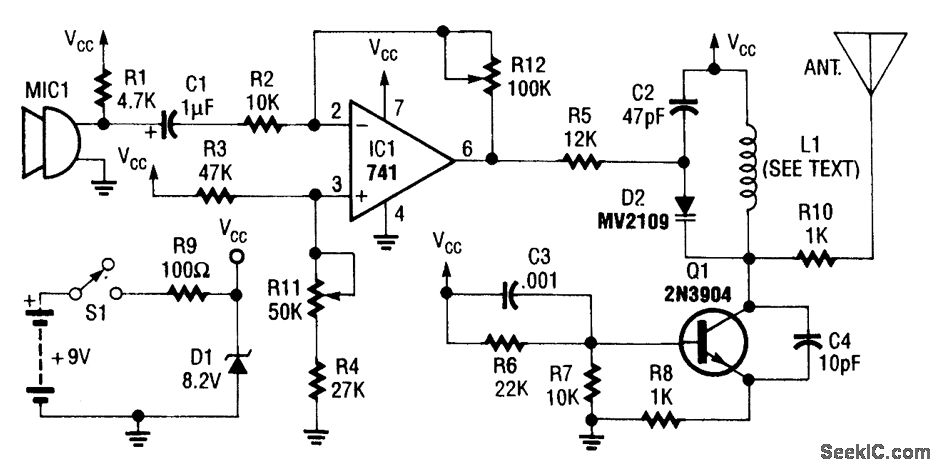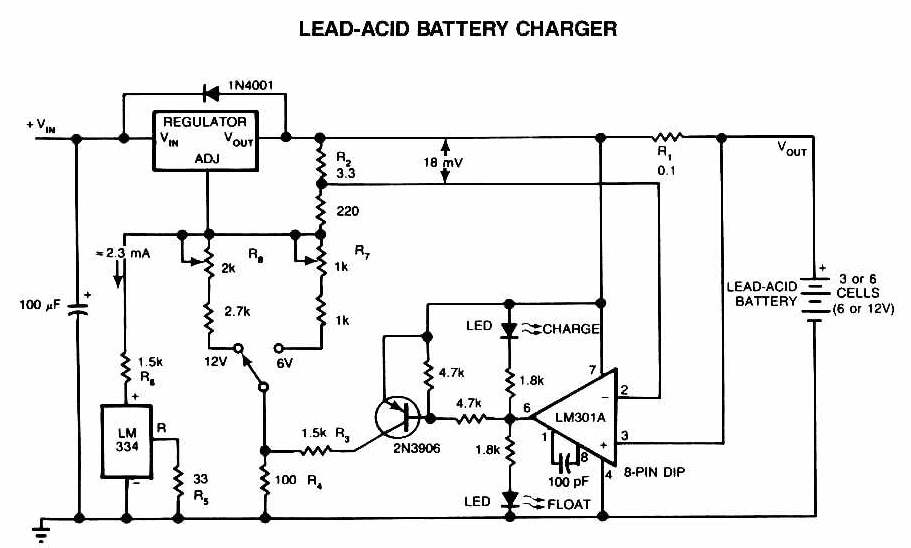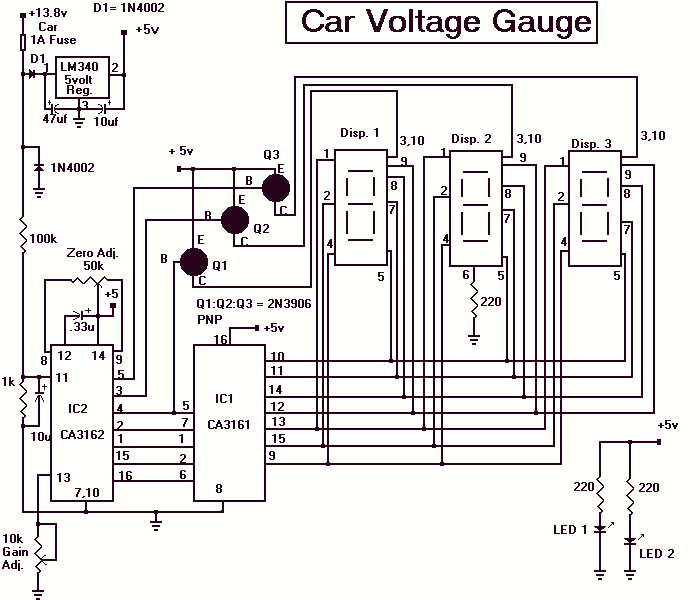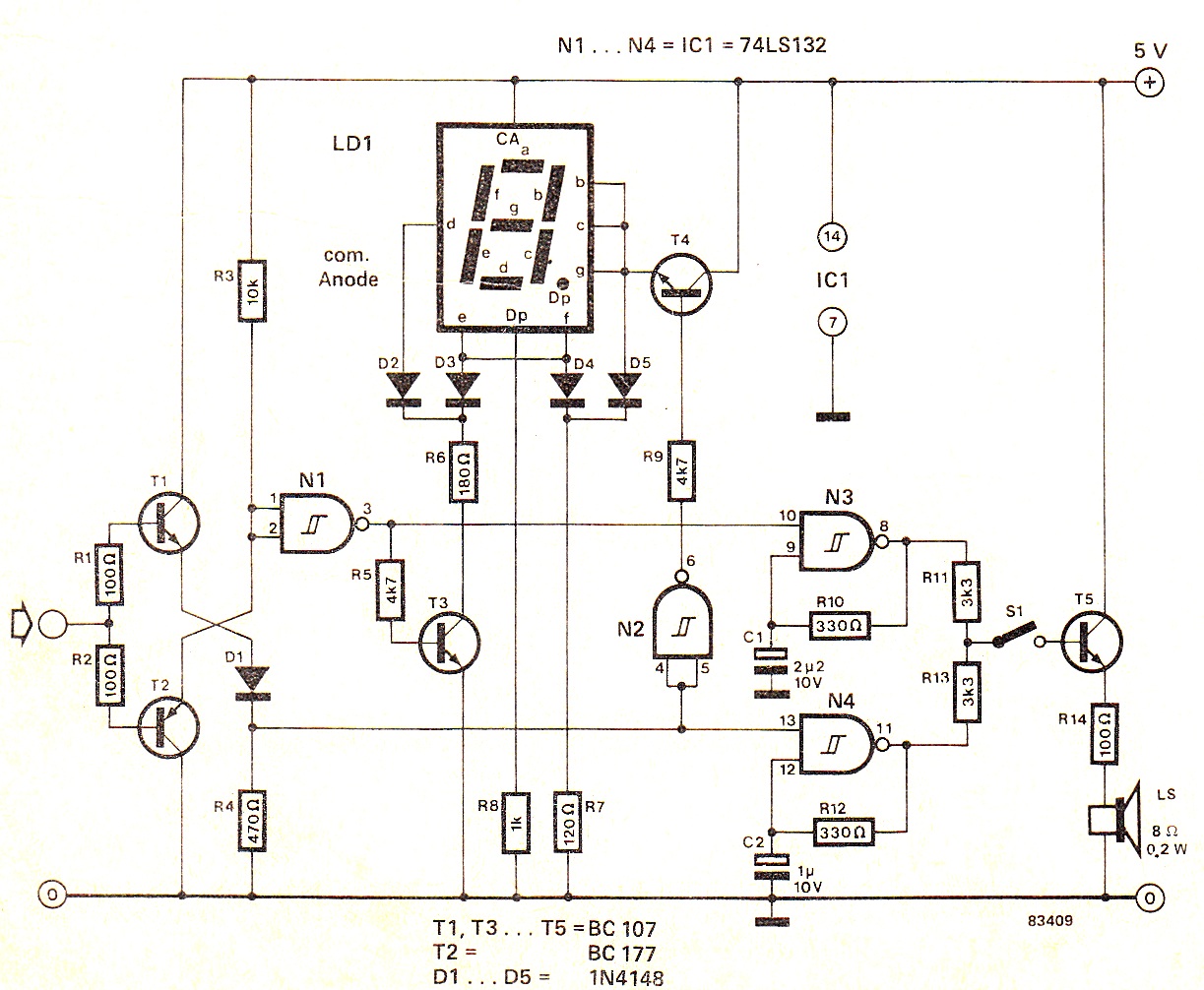
BU8732AKV Codec Ic For Digital Mobile Phone
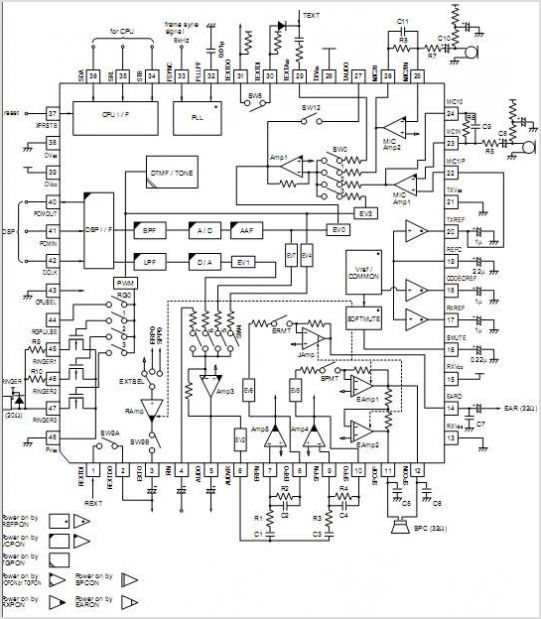
The BU8872 and BU8872FS are DTMF receiver integrated circuits designed for application in telephone answering machines, converting 16 distinct types of DTMF signals into 4-bit binary serial data. These receivers are available in a compact 8-pin DIP package (BU8872) or a 16-pin SSOP package (BU8872FS) and feature a wide dynamic range, which eliminates the necessity for an external input amplifier. Additionally, expertise from multiple companies has been integrated into these products to facilitate guard time control via a host microcomputer. Developed by ROHM Co. Ltd.
The BU8872 and BU8872FS integrated circuits serve as efficient solutions for decoding Dual-Tone Multi-Frequency (DTMF) signals, which are commonly used in telephone systems for signaling. The ability to convert 16 different DTMF signals into a 4-bit binary format allows for straightforward interfacing with microcontrollers and digital systems, enabling seamless integration into various applications, particularly in telecommunications.
The wide dynamic range of these ICs is a significant feature that enhances their performance by allowing them to operate effectively across a variety of signal levels without the need for additional amplification. This not only simplifies the circuit design but also reduces the overall component count and potential points of failure in the system.
The packaging options of the BU8872 (8-pin DIP) and BU8872FS (16-pin SSOP) provide flexibility for designers, allowing for easy incorporation into both space-constrained designs and standard PCB layouts. The DIP format is well-suited for prototyping and applications where space is less of a concern, while the SSOP format is ideal for compact designs requiring a smaller footprint.
Furthermore, the capability for guard time control through a host microcomputer is an advanced feature that enhances the reliability of DTMF signal detection. This allows for better handling of signal variations and timing issues that may arise in real-world applications, ensuring accurate decoding of DTMF signals even in less-than-ideal conditions.
Overall, the BU8872 and BU8872FS are robust and versatile components for any system requiring reliable DTMF signal processing, making them valuable assets in the design of modern telecommunications equipment.The BU8872 and BU8872FS are DTMF receiver ICs developed for use in telephone answering machines, and convert 16 different types of DTMF signals into 4-bit binary serial data. In addition to a compact 8-pin DIP BU8872 or 16-pin SSOP BU8872FS package, these receivers feature a wide dynamic range, eliminating the need for an external input Amplifier
Expertise from a number of companies has been incorporated into these products to enable guard time control through a host microcomputer. By ROHM Co. Ltd. 🔗 External reference
The BU8872 and BU8872FS integrated circuits serve as efficient solutions for decoding Dual-Tone Multi-Frequency (DTMF) signals, which are commonly used in telephone systems for signaling. The ability to convert 16 different DTMF signals into a 4-bit binary format allows for straightforward interfacing with microcontrollers and digital systems, enabling seamless integration into various applications, particularly in telecommunications.
The wide dynamic range of these ICs is a significant feature that enhances their performance by allowing them to operate effectively across a variety of signal levels without the need for additional amplification. This not only simplifies the circuit design but also reduces the overall component count and potential points of failure in the system.
The packaging options of the BU8872 (8-pin DIP) and BU8872FS (16-pin SSOP) provide flexibility for designers, allowing for easy incorporation into both space-constrained designs and standard PCB layouts. The DIP format is well-suited for prototyping and applications where space is less of a concern, while the SSOP format is ideal for compact designs requiring a smaller footprint.
Furthermore, the capability for guard time control through a host microcomputer is an advanced feature that enhances the reliability of DTMF signal detection. This allows for better handling of signal variations and timing issues that may arise in real-world applications, ensuring accurate decoding of DTMF signals even in less-than-ideal conditions.
Overall, the BU8872 and BU8872FS are robust and versatile components for any system requiring reliable DTMF signal processing, making them valuable assets in the design of modern telecommunications equipment.The BU8872 and BU8872FS are DTMF receiver ICs developed for use in telephone answering machines, and convert 16 different types of DTMF signals into 4-bit binary serial data. In addition to a compact 8-pin DIP BU8872 or 16-pin SSOP BU8872FS package, these receivers feature a wide dynamic range, eliminating the need for an external input Amplifier
Expertise from a number of companies has been incorporated into these products to enable guard time control through a host microcomputer. By ROHM Co. Ltd. 🔗 External reference
